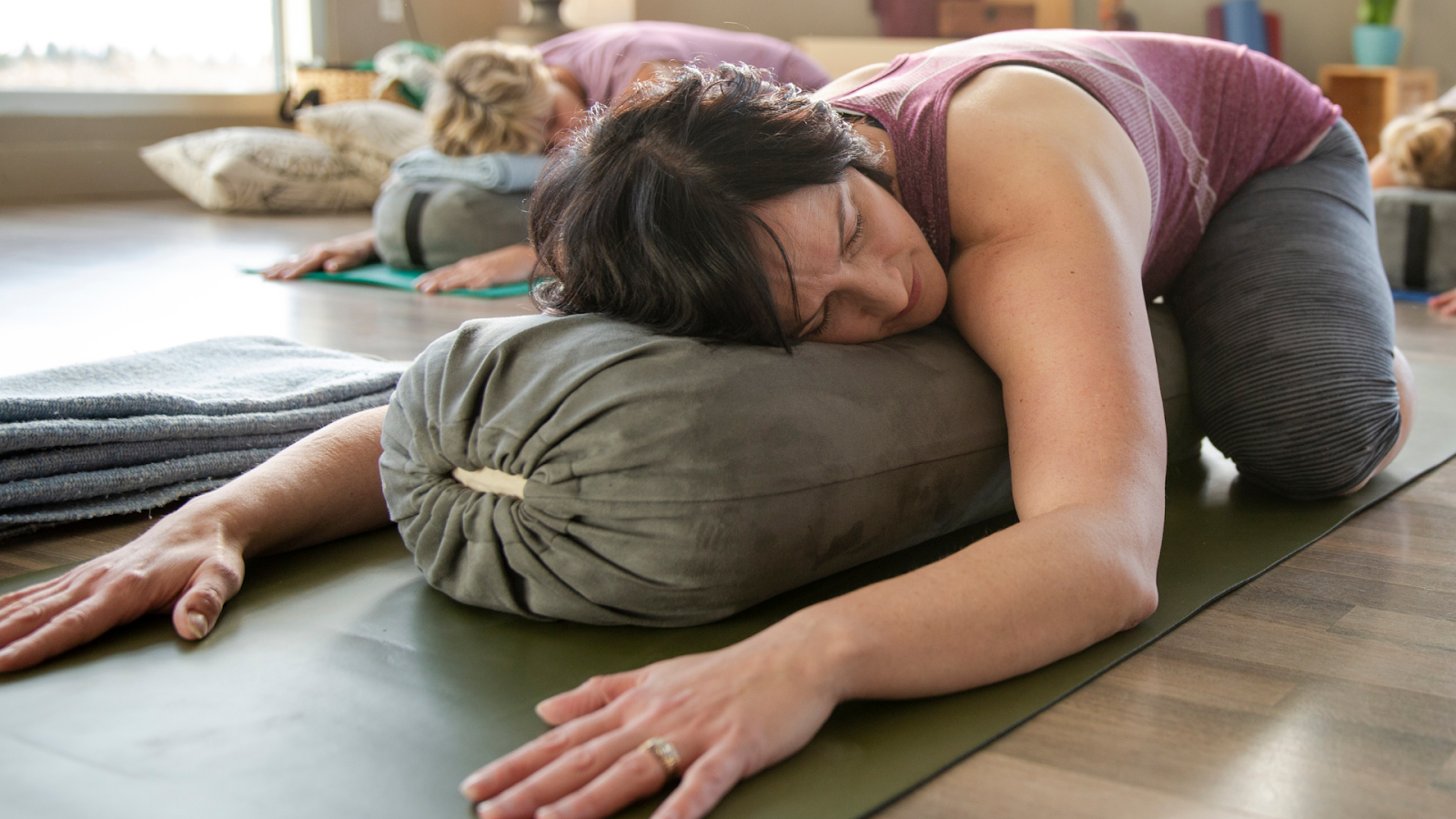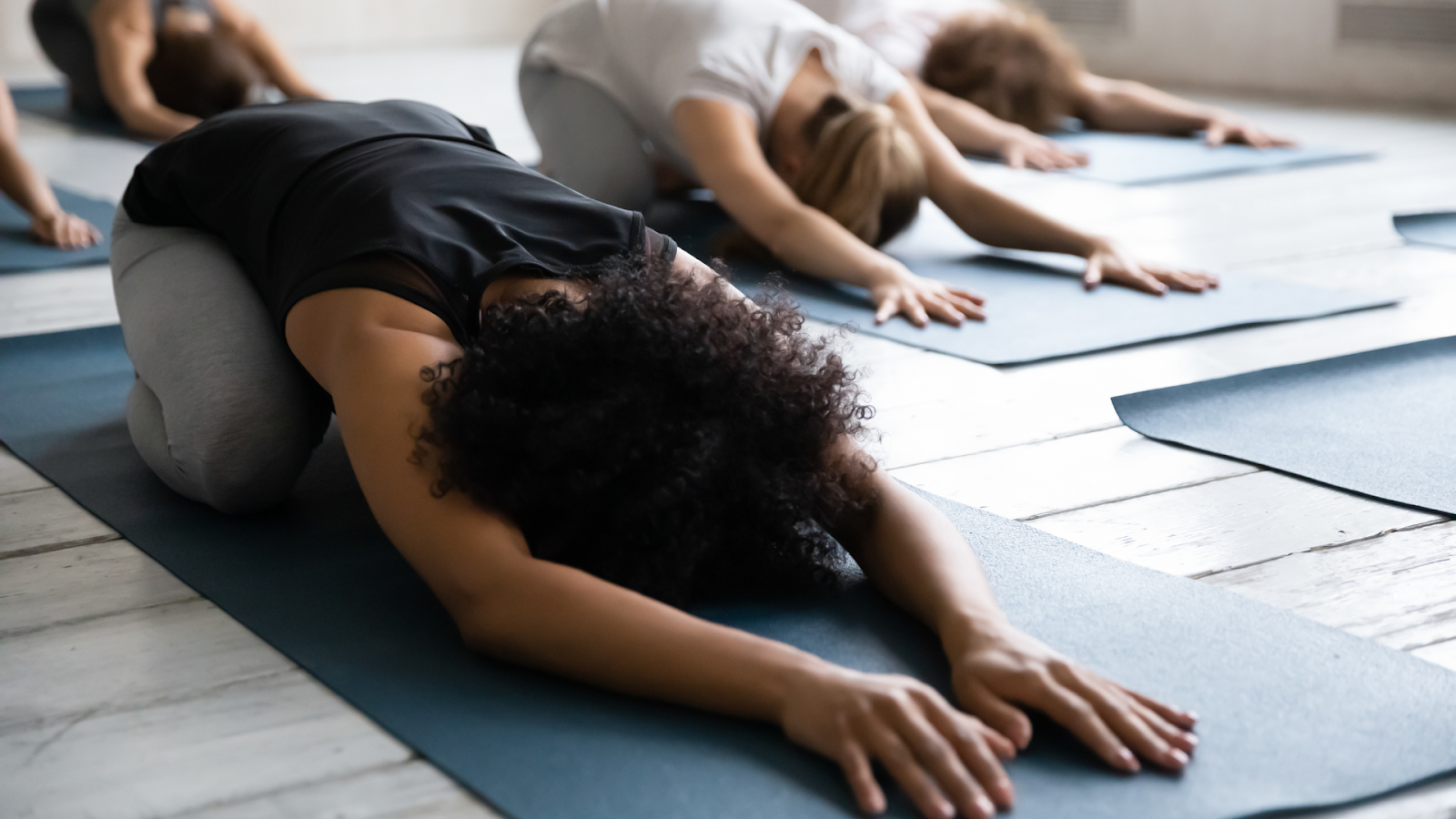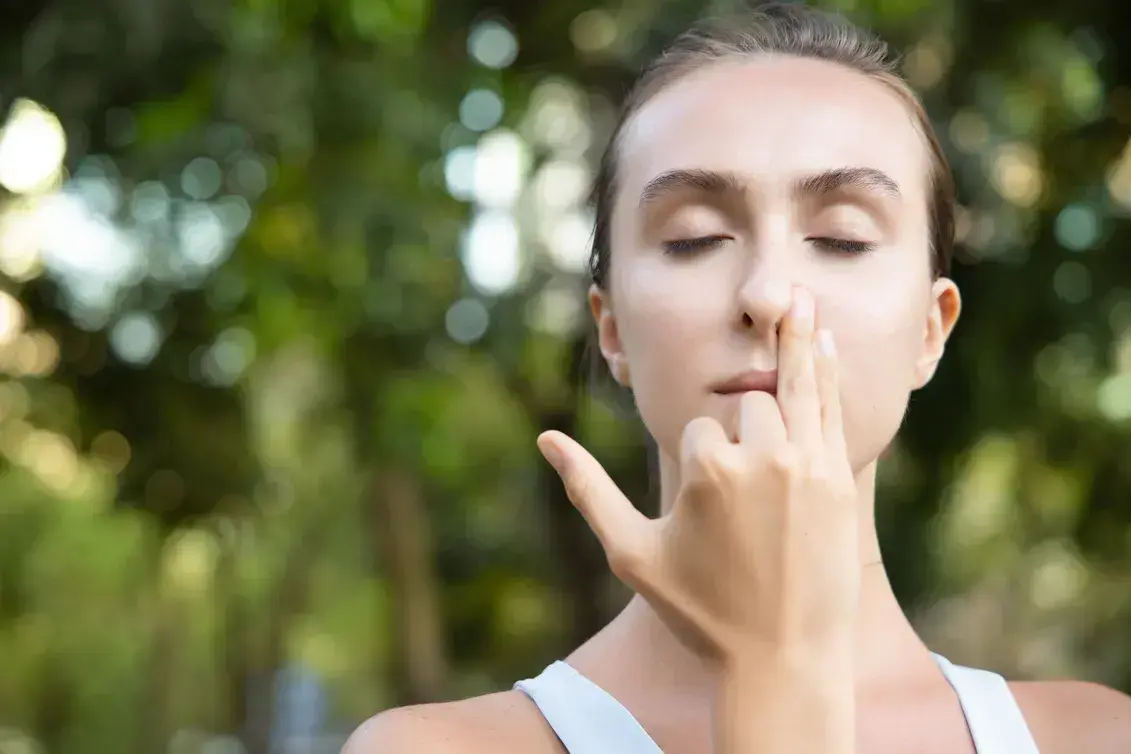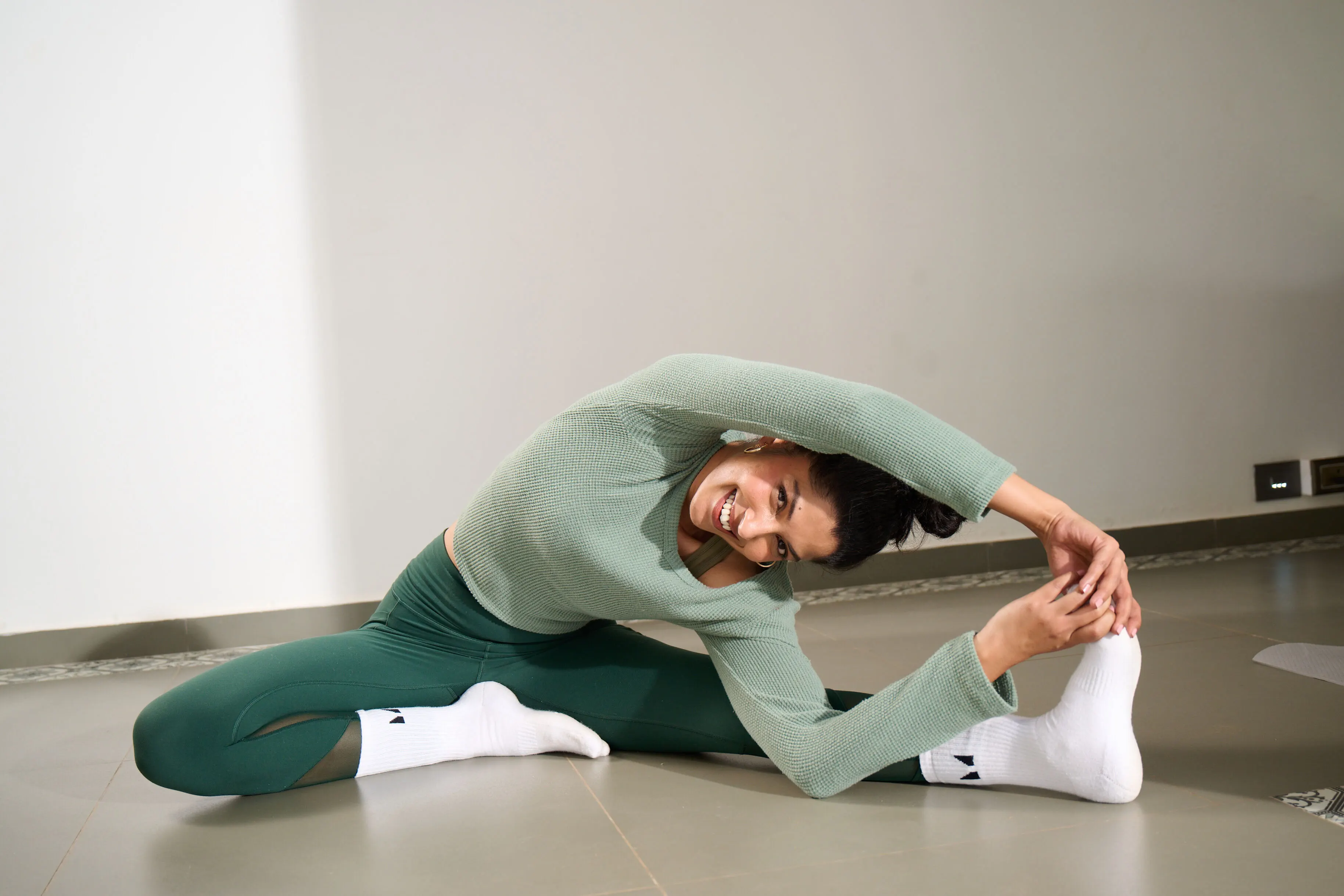Stress and anxiety have become a part and parcel of daily life. With everyone constantly juggling work, family, and personal responsibilities, one’s own well-being is neglected or taken for granted. This is where restorative yoga comes into play. Unlike more vigorous styles of yoga, restorative yoga focuses on relaxation, healing, and mindfulness, making it an essential practice for anyone looking to alleviate stress and promote overall well-being.
Understanding Restorative Yoga

Restorative yoga is a gentle, calming practice that involves holding poses for extended periods, often with the support of props such as blankets, bolsters, and blocks. The goal is to create a sense of physical, mental, and emotional relaxation. Unlike other yoga styles that emphasize physical movement, restorative yoga encourages stillness and deep breathing, allowing the body and mind to relax and rejuvenate.
Restorative yoga draws its roots from Iyengar yoga, developed by Sri Krishnamacharya and B.K.S. Iyengar. The philosophy behind restorative yoga is to create an environment where the body can naturally restore itself. By holding poses for longer durations, the practice helps to release deep-seated tension and promotes a state of deep relaxation.
So while dynamic forms of practice such as Ashtanga are important for fitness, gentle practices such as restorative yoga are equally important to maintain a balanced, relaxed and stress-free mind and body.
Physical Benefits of Restorative Yoga

- Enhanced Flexibility: Restorative yoga helps improve flexibility by gently stretching the muscles and connective tissues. The prolonged holding of poses allows for a deeper release, which can help to increase range of motion over time. This can be particularly beneficial for individuals with tight muscles or those recovering from injuries.
- Improved Circulation: By promoting relaxation and reducing stress, restorative yoga can help improve circulation throughout the body. The gentle stretching and deep breathing associated with the practice encourage blood flow, which can enhance the delivery of oxygen and nutrients to tissues and organs.
- Alleviates of Chronic Pain: Restorative yoga can be an effective tool for managing chronic pain conditions. By reducing muscle tension and promoting relaxation, the practice can help alleviate pain associated with conditions such as fibromyalgia, arthritis, and lower back pain. Additionally, the meditative aspect of restorative yoga can help shift the focus away from pain, providing a mental break from chronic discomfort.
Mental and Emotional Benefits of Restorative Yoga

- Stress Reduction: One of the most significant benefits of restorative yoga is its ability to reduce stress. The practice encourages the activation of the parasympathetic nervous system, which is responsible for the body's rest and digest response. This helps to counteract the effects of the sympathetic nervous system, which is activated during times of stress. As a result, restorative yoga can help lower cortisol levels, reduce anxiety, and promote a sense of calm and relaxation.
- Improved Sleep: Restorative yoga can be an effective way to improve sleep quality. By promoting relaxation and reducing stress, the practice can help prepare the body for a restful night's sleep. Many restorative yoga poses are specifically designed to calm the nervous system and promote a sense of tranquility, making it easier to fall asleep and stay asleep throughout the night.
- Emotional Healing: Restorative yoga provides a safe and supportive environment for emotional healing. The practice encourages self-awareness and mindfulness, allowing practitioners to explore their emotions without judgment. This can be particularly beneficial for individuals dealing with trauma, grief, or emotional stress, as it provides an opportunity to process and release these emotions in a gentle and nurturing way.
Tips to Incorporate Restorative Yoga into Your Routine

- Start Slow: If you're new to restorative yoga, start with short sessions and gradually increase the duration as you become more comfortable with the practice. Even a few minutes of restorative yoga each day can have a positive impact on your overall well-being.
- Create a Relaxing Environment: To get the most out of your restorative yoga practice, create a relaxing environment free from distractions. Use props such as blankets, bolsters, and blocks to support your body in each pose, and consider dimming the lights or playing soft music to enhance the calming atmosphere.
- Focus on Your Breath: Deep, mindful breathing is a key component of restorative yoga. Focus on your breath as you move through each pose, allowing it to guide your practice and help you relax more deeply. Practice inhaling slowly and exhaling completely, allowing each breath to bring you closer to a state of relaxation.
- Be Patient: Restorative yoga is a practice of patience and surrender. It's important to listen to your body and honor its needs, rather than pushing yourself into poses or holding them for longer than is comfortable. Allow yourself the time and space to fully relax and let go, trusting that the benefits will come with consistent practice.
Restorative yoga offers a wealth of physical, mental, and emotional benefits, making it an essential practice for anyone looking to improve their overall well-being. Whether you're new to yoga or an experienced practitioner, incorporating restorative yoga into your routine can help you find greater balance, peace, and healing in your life. So, take a deep breath, settle into a comfortable pose, and allow yourself the time and space to truly relax and restore.Join live yoga classes on Shvasa to release stress, relax and restore the body and mind. Meta Description: Everything you need to know about the importance of practicing restorative yoga. Summary: Restorative yoga focuses on relaxation, healing, and mindfulness, making it an essential practice for anyone looking to alleviate stress and promote overall well-being. Explore the importance of restorative yoga.
FAQs:
- What is restorative yoga?
Restorative yoga is a gentle, calming practice that involves holding poses for extended periods, often with the support of props such as blankets, bolsters, and blocks. The goal is to create a sense of physical, mental, and emotional relaxation.
- What are the physical benefits of restorative yoga?
Restorative yoga helps improve blood circulation, enhances flexibility and alleviates chronic pain, among other physical benefits.
- What are the mental benefits of restorative yoga?
Restorative yoga reduces stress, promotes sleep and encourages emotional healing.
- What are some tips for practicing restorative yoga regularly?
Start slow and be patient with your practice. It will take time to find comfort in long-hold poses.















.jpg)












%201.png)

%201.svg)






%201.svg)